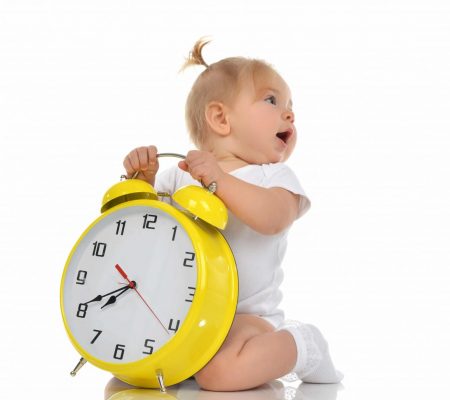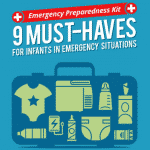The Lifespan of Breast Milk
Proper breast milk storage and use is an important safety consideration. Today’s modern parents have many options to store breast milk, but how long does it remain safe to feed? Just as milk in the store has an expiration date, so does mommy’s milk. It’s important to keep these key time frames in mind when you’re storing or preparing breast milk:
Freshly Pumped Milk – 3-4 Hours: Freshly expressed milk can safely sit at room temperature for 3-4 hours.
- If your baby does not finish a bottle of freshly expressed milk, throw any remaining milk away and do not store it for later feeding. This will avoid passing along any harmful bacteria that may have grown between the time you expressed and the time you feed your baby.
Refrigerated – 3-5 Days: Breast milk can remain safe in the refrigerator for about 3-5 days.
- When warming refrigerated breast milk, avoid using the microwave. Microwaves heat food unevenly, resulting in hot spots that can seriously injure your child.
- Use a bottle warmer or saucepan of warm water instead.
Frozen – 6-12 Months: Frozen breast milk can be stored at 0° F for 6-12 months.
- Avoid putting breast milk in the door of the freezer, as it is the warmest area of the freezer.
- If your freezer doesn’t have a thermostat, you can purchase an inexpensive freezer thermometer which can be left in each compartment so you can check the temperatures.
Thawed – 24 hours: Breast milk that is thawed in the refrigerator should be fed within 24 hours.
- If you thaw the breast milk at room temperature, it must be fed within 1-2 hours.
- Frozen breast milk can also be thawed quickly in warm water if you plan to serve it soon.
When storing breast milk, make sure you label the container with the date and time it was pumped, and then use it in the order that it was collected. Use storage containers that have been thoroughly cleaned and use a permanent marker so your writing doesn’t run or bleed and erase your notes. Disposable breast milk bags are very convenient, and many retail stores have storage bags, bottles and containers specifically designed for breast milk storage. It’s also a good idea to separate the breast milk from other foods for safety by putting it on the highest shelf. Not only does that keep the milk safer, it ensures that nothing leaks all over the milk you worked so hard to collect.
If you have questions about the storage and lifespan of breast milk (e.g, the date it was pumped, the temperature at which it was stored, or the quality of the storage container, or if it should be discarded to avoid any potential risk to your baby’s health) the La Leche League offers detailed information on labeling and storing breast milk, including information on ideal storage containers and storage times.





